Schon mal zum Füttern der Kois hinausgegangen und nur einen leeren Teich vorgefunden – keine orangefarbenen Blitze, keine sanften Schwanzflossen, nichts? Beim ersten Mal schießen einem die Gedanken durch den Kopf: Hat sich etwa ein Reiher an meinem Prachtexemplar gütlich getan? Läuft der Filter aus? Bevor Panik aufkommt, denken Sie daran: Teichfische verstecken sich viel öfter, als dass sie verschwinden. Und meistens nutzen sie einfach denselben Überlebensreflex, auf den ihre wilden Verwandten täglich angewiesen sind.
Dieser Ratgeber erklärt, warum sich Ihre Teichfische verstecken (und warum das manchmal ein gutes Zeichen ist), zeigt, wie Sie sie wieder anlocken und wann ihr Verschwinden auf ernsthafte Probleme hindeutet. Wir stellen Ihnen außerdem einige umweltfreundliche, kabellose Lösungen vor – wie zum Beispiel schwimmende Springbrunnen von Poposoap , Solarfilter und sanft leuchtende Teichbeleuchtung –, mit denen Sie beruhigt sein können, ohne Verlängerungskabel über den Rasen verlegen zu müssen.
Einleitung: Wenn Fische verschwinden
Fische sind von Natur aus Beutetiere. Selbst die mutigsten Kois verschwinden unter einem Seerosenblatt, wenn Gefahr droht – oder auch nur ein großer Schatten über ihnen lauert. Doch plötzliches oder anhaltendes Verstecken kann auf tieferliegende Probleme hindeuten: schlechtes Wasser, ein heimtückisches Raubtier oder eine Krankheit, die sich unter der Oberfläche ausbreitet. Kennt man die üblichen Verdächtigen, bleibt man ruhig und kann Probleme beheben, bevor sie sich verschlimmern.
Sieben häufige Gründe, warum sich Teichfische verstecken
1. Anwesenheit von Raubtieren
Waschbären, die im Morgengrauen umherstreifen, Graureiher, die in der Abenddämmerung auf der Jagd sind – selbst die Nachbarskatze kann Kois tagelang in Felsspalten treiben. Installieren Sie ein feinmaschiges Teichnetz oder einen Bewegungsmelder-Sprinkler und stellen Sie einen schwimmenden Solarbrunnen von Poposoap in die Mitte. Sein sanfter Sprühnebel stört die Reflexionen, die Raubtiere zur Beutesuche nutzen, und die ständige Bewegung der Wasseroberfläche suggeriert Vögeln, dass das Wasser schwer zu landen ist.
2. Plötzliche Umweltveränderung

Eine Kaltfront, Starkregen oder frisch verlegte Ziersteine können Temperatur, Luftdruck oder Lichtverhältnisse fast über Nacht verändern. Fische ziehen sich dann in tiefere Bereiche zurück, um abzuwarten. Richten Sie eine schattige Ecke mit Wassersalat oder Zwergrohrsprossen ein und platzieren Sie in der Nähe einen Poposoap-Teichfilter, um einen gleichmäßigen Wasserzufluss zu gewährleisten.
3. Schlechte Wasserqualität
Bei sinkendem Sauerstoffgehalt oder steigendem Ammoniakgehalt ziehen sich Fische in ruhige Bereiche zurück, wo die Kiemenbewegungen weniger schmerzen. Testen Sie das Wasser wöchentlich. Ist der Sauerstoffgehalt niedrig, befestigen Sie einen Poposoap Teichbelüfter an einem Pfahl. Das Solarpanel erzeugt den ganzen Nachmittag über Mikrobläschen und hält den Gasgehalt im Wasser im sicheren Bereich, während die Filtermedien Schadstoffe abbauen.
4. Eingewöhnung neuer Fische
Die Ankunft neuer Bewohner verändert die Hierarchie. Die alteingesessenen Tiere verstecken sich, um ihre Rangordnung festzulegen, während die Neuankömmlinge lauern, bis sie sichere Wege gefunden haben. Unterbrechen Sie die Sichtlinie mit Topfgräsern oder dekorativen Teichelementen von Poposoap – schwimmende Körbe in Form von Lotusblättern wirken Wunder – und Sie werden sehen, wie die scheuen Schwimmer innerhalb weniger Tage wieder auftauchen.
5. Laute Geräusche oder Vibrationen
Rasenmähen am Wochenende, spielende Kinder oder Reparaturen an der Terrasse können das Wasser stark aufwühlen. Planen Sie den Einsatz von Gartengeräten außerhalb der Fütterungszeiten und platzieren Sie einen Futterring in einer ruhigeren Ecke gegenüber. Die Fische lernen, dass der Ring „Alles in Ordnung“ bedeutet und steigen auch dann auf, wenn anderswo weiter gemäht wird.
6. Krankheit oder Verletzung
Parasiten, bakterielle Infektionen oder Flossenbisse veranlassen Fische dazu, sich unter Felsvorsprüngen in ruhigerem Wasser und gedämpftem Licht zu verstecken. Achten Sie auf angelegte Flossen, weiße Flecken oder Schnappatmung an der Wasseroberfläche. Ergänzen Sie die Beobachtung durch sauberes Wasser: Spülen Sie Ihre Filteranlagen rückwärts, geben Sie Aktivkohle hinzu und lassen Sie den Poposoap Solar-Teichfilter mit voller Tagesleistung laufen, um Abfallstoffe zu entfernen, während sich die Fische erholen.
7. Paarungs- oder Nistverhalten
Während der Laichjagd im Frühjahr huschen die Weibchen in dichte Vegetation, während die Männchen die Laichplätze bewachen. Der Schwarm scheint sich aufzulösen, ist aber tatsächlich im Schilf aktiv. Lassen Sie sie ihren Laichvorgang beenden; entfernen Sie überschüssige Eier, die Sie nicht aufziehen möchten, und beobachten Sie die Fische wieder normal, sobald sich die Aufregung gelegt hat.
Wie man Fische dazu bringt, herauszukommen

- Schaffen Sie „Komfortzonen“. Gruppieren Sie Uferpflanzen in der Nähe von offenen Wasserflächen, damit die Fische schnell zwischen Deckung und Nahrungsgebiet wechseln können.
- Führen Sie eine Fütterungsroutine ein. Läuten Sie jedes Mal eine kleine Glocke oder klopfen Sie mit einem Stein, wenn Sie Futterpellets hingeben. Vorhersehbarkeit vertreibt die Angst.
- Erleuchte die Tiefe, nicht den Himmel. Die tauchfähigen Poposoap Solar-Teichleuchten, die auf der mittleren Teichkante platziert werden, erzeugen ein warmes Licht, das Verstecke erhellt, ohne Motten (oder die Fledermäuse, die sie jagen) anzulocken. Fische wagen sich ans Wasser, wenn sie klar sehen können und sich vor den Silhouetten aus der Luft sicher fühlen.
- Sorgen Sie für eine sanfte Wasserzirkulation. Ein Poposoap Floating Fountain mit seiner niedrigsten Düse durchbricht stehende Wasserschichten und trägt Duftsignale (Nahrung!) weiter, um scheue Fische aus dem Schatten anzulocken.
Wann Anlass zur Sorge besteht
- Bei warmem Wetter erfolgte über 48 Stunden keine Futterreaktion.
- Sichtbare Wunden, Pilzbefall oder ein beschleunigtes Pumpen der Kiemen gehen mit dem Verstecken einher.
- Wiederholte Besuche von Raubtieren – verräterische Fußabdrücke, verstreute Schuppen oder herumtreibende Federn.
- Wasseranalysen zeigen Ammoniak- oder Nitritwerte über 0 ppm oder gelösten Sauerstoff unter 5 mg/L.
In solchen Fällen ist schnelles Handeln gefragt: Verbessern Sie die Belüftung, führen Sie einen 20%igen Wasserwechsel mit temperiertem, entchlortem Wasser durch und sichern Sie den Teichrand.
Fazit: Respektiert ihre natürlichen Instinkte.
Das Verstecken von Fischen ist nicht immer eine Notsituation – oft ist es ein kluger Überlebensmechanismus. Ihre Aufgabe ist es, sicherzustellen, dass diese Rückzugsgebiete nicht durch schlechtes Wasser, aggressive Fressfeinde oder chronischen Stress beeinträchtigt werden. Regelmäßige Wassertests, eine stabile Filteranlage und subtile Umweltreize – wie sanftes Solarlicht und eine langsame Fontänenströmung – ermöglichen es den Kois, selbst zu entscheiden, wann sie ins offene Wasser gleiten, im sicheren Wissen, dass die Küste frei ist.
Durch die Kombination von instinktivem Design mit den steckerlosen Filtern, Belüftern, Springbrunnen und Teichleuchten von Poposoap verwandeln Sie panikbedingte Verschwinden in kurze, gesunde Auszeiten – und schon bald werden Sie die vertrauten orangefarbenen Blitze wieder an der Wasserlinie entlanghuschen sehen, bereit für ihren nächsten handgefütterten Leckerbissen.




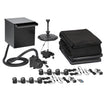
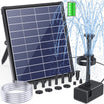
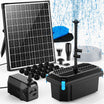
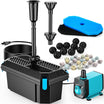
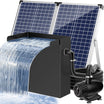
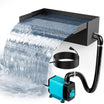

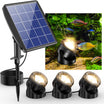
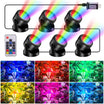

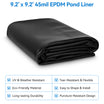
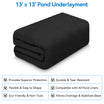

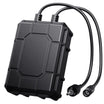
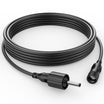

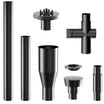
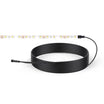
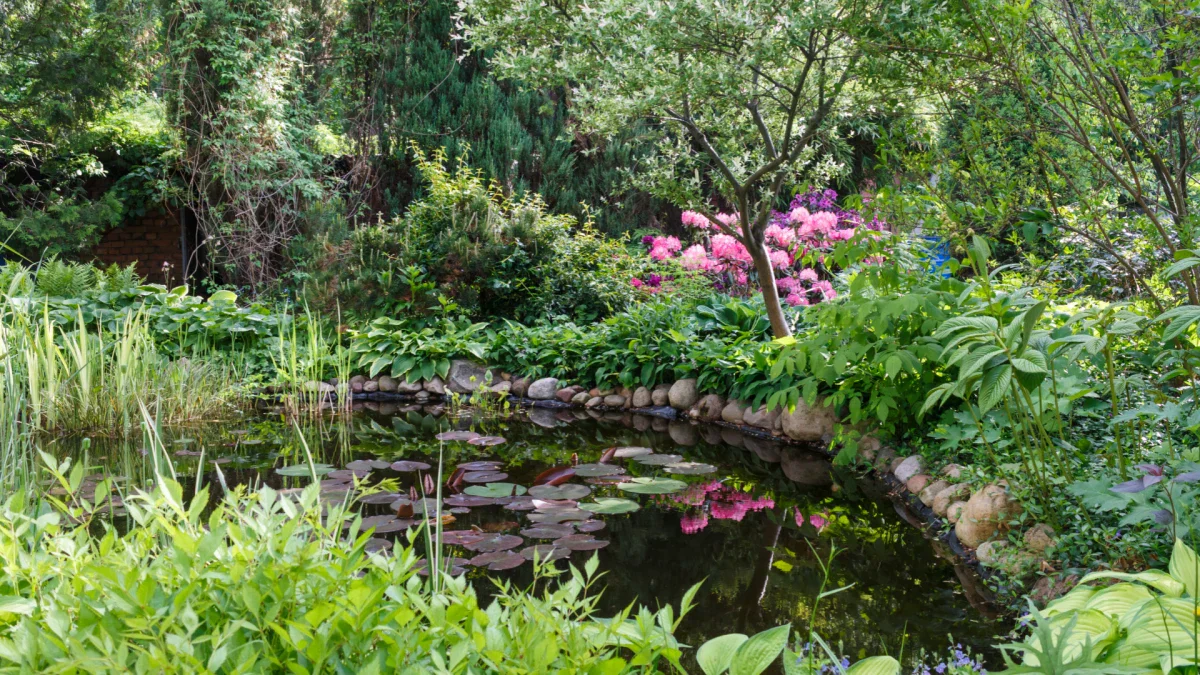
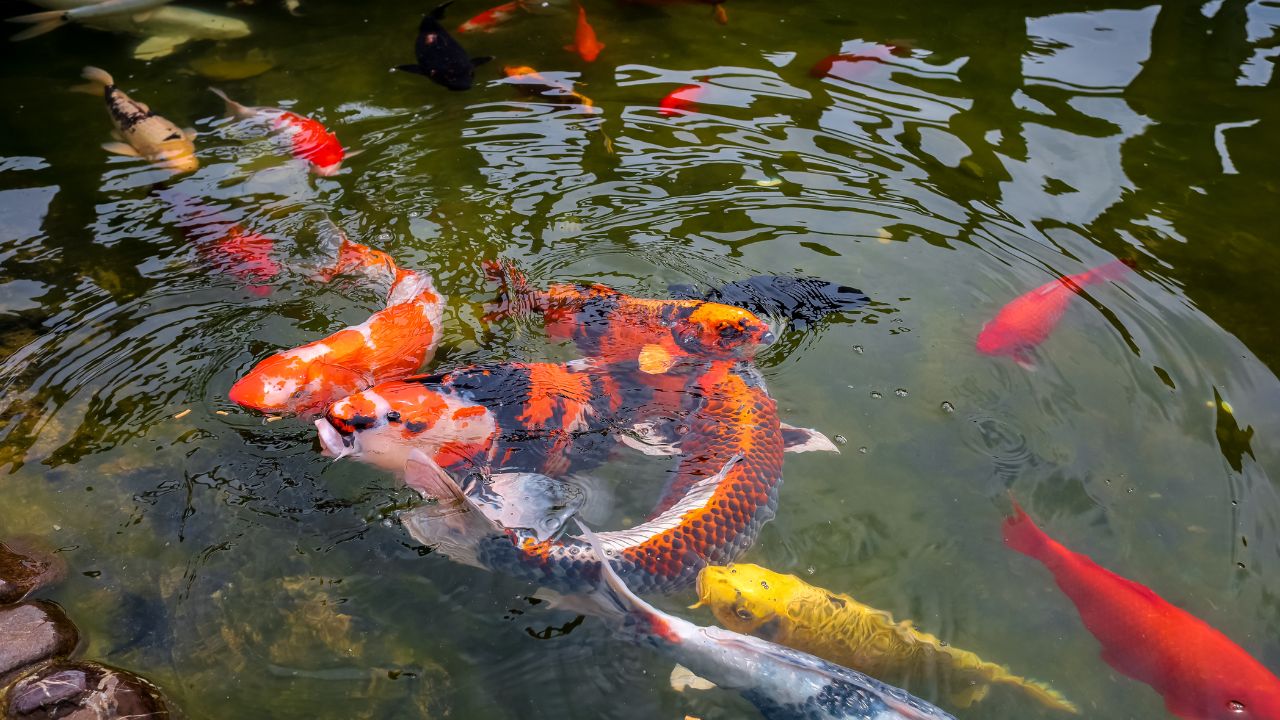
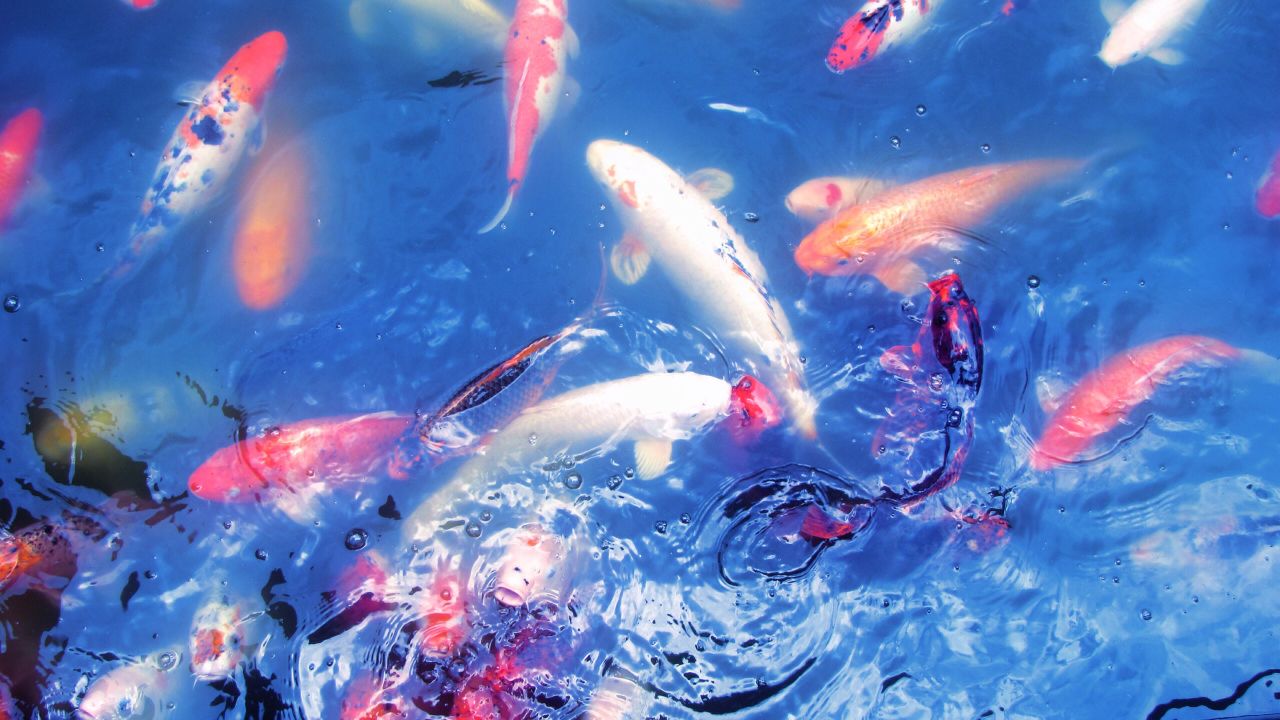
Hinterlasse einen Kommentar
Alle Kommentare werden vor der Veröffentlichung geprüft.
Diese Website ist durch hCaptcha geschützt und es gelten die allgemeinen Geschäftsbedingungen und Datenschutzbestimmungen von hCaptcha.